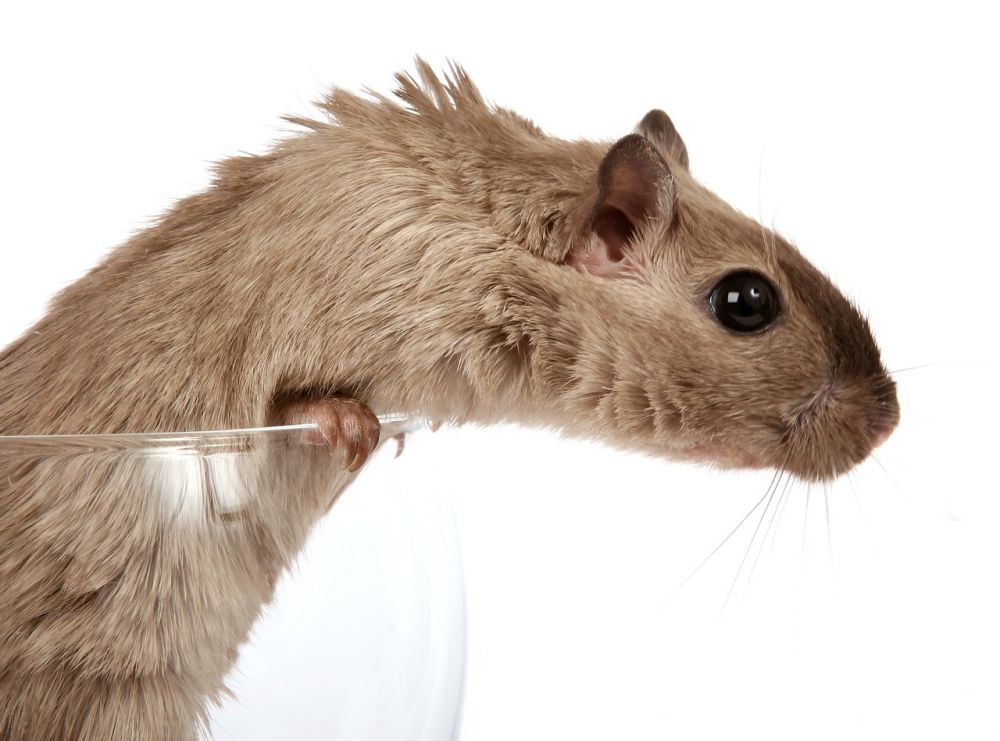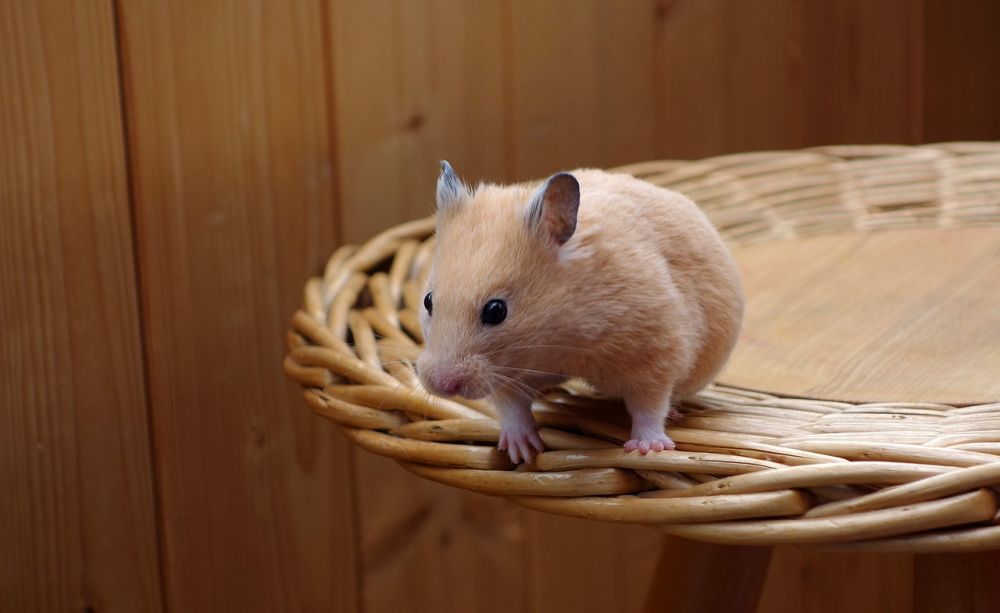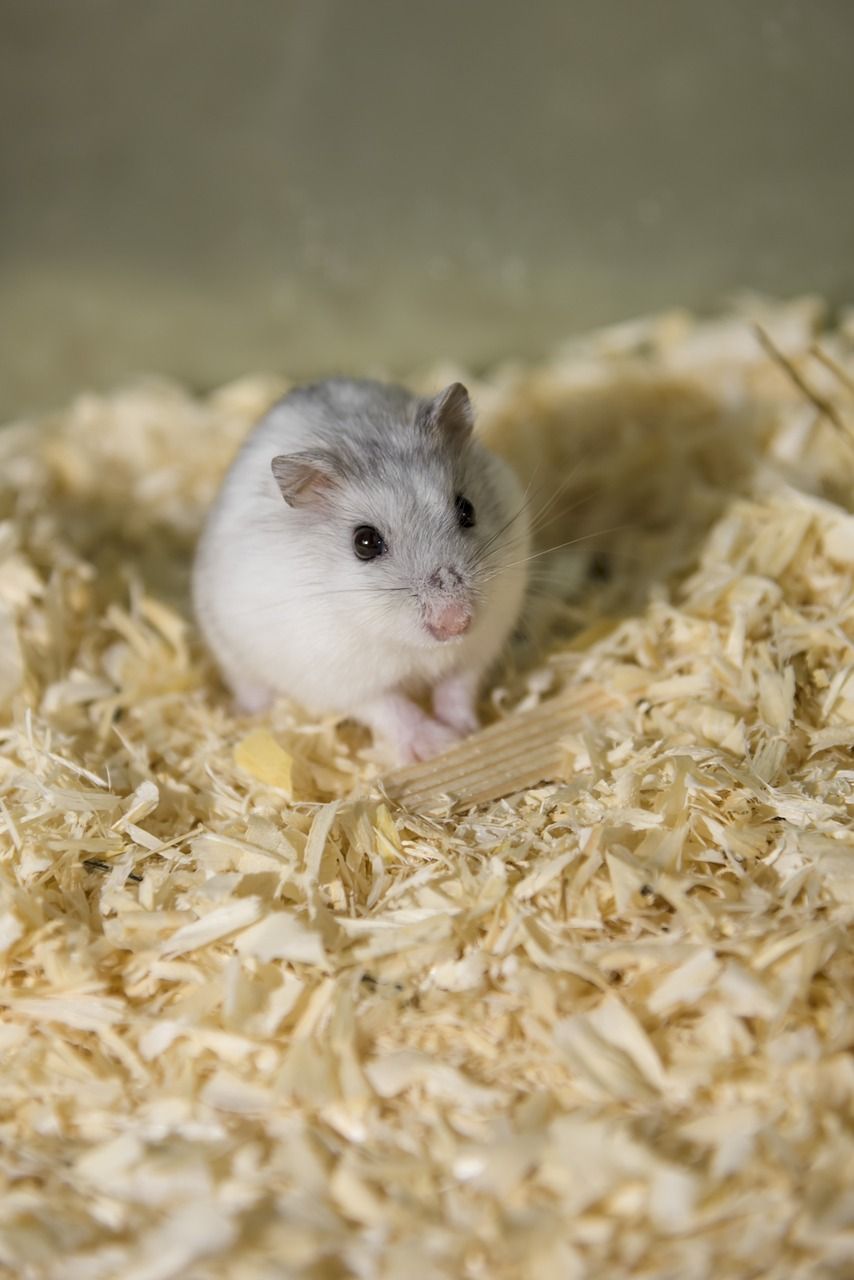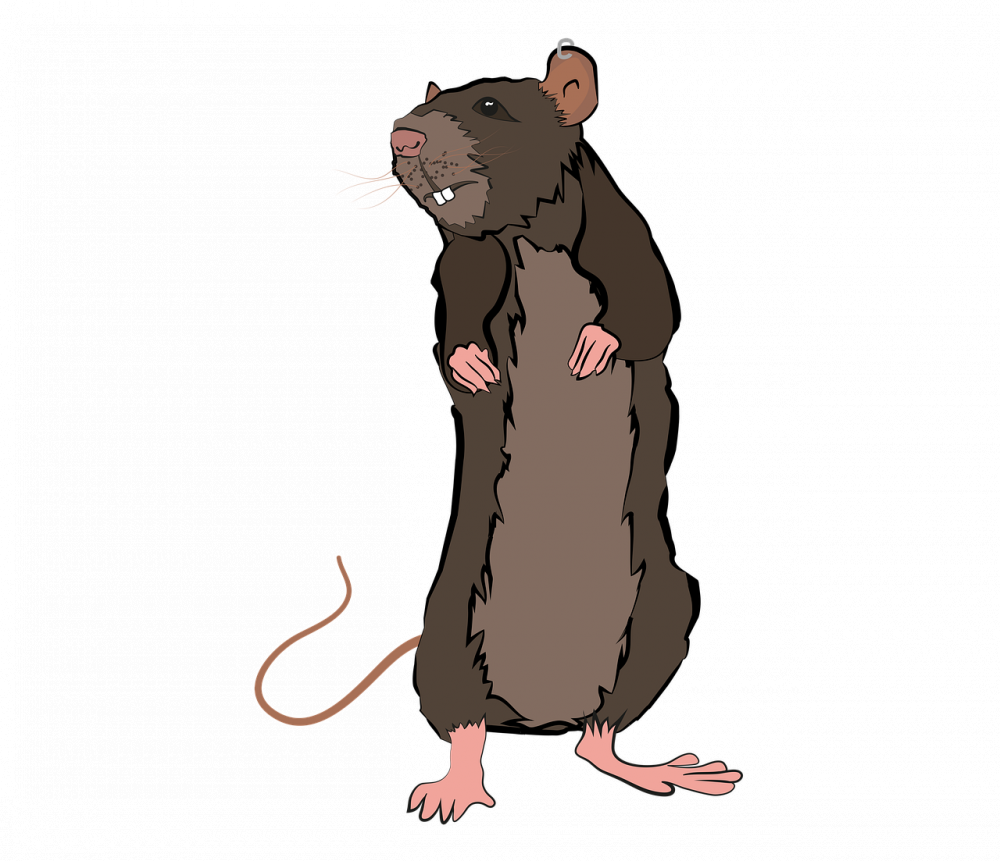Hamster Fat: A Comprehensive Guide to Types, Measurements, and Historical Significance

Introduction:
Hamsters are popular pets known for their adorable appearances and playful nature. To properly care for these furry companions, it is crucial to understand their specific needs, including their diet. Hamster fat, a key component of their nutrition, plays a vital role in maintaining their overall health. In this article, we will delve into the world of hamster fat, providing an in-depth overview, discussing various types available, and examining their quantitative measurements. Furthermore, we will explore the differences between different hamster fats and offer a historical analysis of their advantages and disadvantages.
1. An Overview of Hamster Fat:

Hamster fat is the primary source of energy for these small rodents, ensuring their vitality and wellbeing. It consists of essential fatty acids, providing insulation, protection, and a reserve of energy. Hamster fat is primarily stored in their bodies, specifically in specialized cells called adipocytes. These adipocytes help in maintaining adequate body temperature and contributing to their overall physiological functions.
2. Presentation of Hamster Fat:
When it comes to hamster fat, various options are available in the market. Understanding these options is crucial for providing a well-balanced diet to your pet. The most common types of hamster fats include:
a) Seed-Based Hamster Fat: This type of fat is derived from a mixture of seeds such as sunflower, flax, and pumpkin. It offers a balanced composition of essential fatty acids and is widely popular among pet owners.
b) Mealworm-Based Hamster Fat: As the name suggests, this type of fat is made from dried mealworms. It is particularly appealing to hamsters due to their natural inclination towards insects. Mealworm-based fat provides the necessary protein along with essential fats, making it a healthy choice.
c) Nut Butter-Based Hamster Fat: Nut butters, such as peanut and almond butter, are also used to create hamster fat. These fats are rich in healthy monounsaturated and polyunsaturated fats, providing a nutritious option for your pet.
Quantitative Measurements:
When determining the right amount of hamster fat to feed your pet, it is important to consider their breed, size, and activity level. As a general guideline, a balanced diet for a hamster typically includes 10-15% fat content. However, it is crucial to consult with a veterinarian to determine the ideal fat intake for your specific hamster.
3. Understanding the Differences between Hamster Fats:
While all hamster fats serve the purpose of providing essential fatty acids, their compositions may vary. Seed-based hamster fats tend to contain a higher ratio of omega-6 fatty acids, while mealworm-based fats offer a more balanced omega-3 to omega-6 ratio. Nut butter-based hamster fats, on the other hand, provide a combination of monounsaturated and polyunsaturated fats. Understanding these differences can help tailor your hamster’s diet to their specific needs.
4. Historical Analysis of Pros and Cons of Hamster Fats:
Throughout history, different types of hamster fats have been used, each with its own advantages and disadvantages. Seed-based fats have been a popular choice due to their availability and relatively low cost. However, concerns have been raised regarding their higher omega-6 content, which may contribute to inflammation in excessive amounts.
Mealworm-based fats have gained popularity for their balanced fatty acid profile, but they can be more expensive and less widely available. Nut butter-based fats offer a nutritionally rich alternative, but some hamsters may have allergies or sensitivities to certain nuts.
Conclusion:
In conclusion, hamster fat plays a crucial role in maintaining the health and wellbeing of these beloved pets. Understanding the different types available, the quantitative measurements required, and the historical significance of hamster fats can help you make informed decisions when it comes to your pet’s nutrition. By providing a comprehensive overview, we hope to assist pet owners in ensuring their hamsters live long, healthy, and happy lives.
Whether you choose seed-based, mealworm-based, or nut butter-based hamster fat, prioritizing your pet’s specific needs is key. Consult with a veterinarian to determine the most suitable option for your hamster and remember to monitor their weight and overall health regularly. With proper care and a balanced diet, your hamster will thrive, bringing joy and companionship for years to come.





